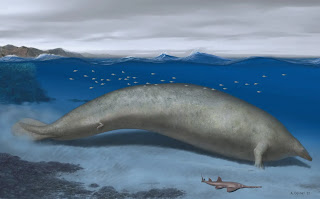Besides all the “festivating” underway right now, with holidays quickly coming and going, this is also the traditional time when many publications recognize the year’s stand-outs, both people and events.
I’m eager to salute two outstanding people and a notable (and noble!) event – a 40 year-old one, in fact.
First, here’s to Angi Metler. Forty years ago this year, Metler co-founded the Animal Protection League of NJ (first known as NJ Animal Rights Alliance), the only truly state-wide organization founded in NJ, for NJ animals – and still going strong.
A few years later, Janine Motta joined her, taking on whatever roles were necessary.
For each of these women, APLNJ has been her life’s work. And what a job they’ve done! Through dramatically changing times, including humans’ attitudes toward animals, numerous successes and crises, APL has soldiered on, with unflagging idealism and determination.
Virtually untiring since 1983, Executive Director Metler has led efforts on many fronts to grow the organization, while Projects Director Motta leads and aids members’ efforts.
And yet, in its leaders’ typical self-effacing fashion, the organization’s holiday greeting card focuses exclusively on its “dedicated and compassionate membership.” (That would be anyone who agrees with its mission, and pitches in!)
APLNJ’s vision, Metler says in the card, is “simple”: “A world where animals no longer suffer at the hands of humans, but are free to live their own lives.” Its mission is “to create a compassionate society. Working with the public, policy makers and government officials, we advocate for lifestyle changes, programs, policies and laws that promote nonviolent coexistence with animals.” (aplnj.org/about/).
Such ambitious moral goals deserve all the support – including financial support – they can get. (Visit APL’s website – APLNJ.org -- for a more complete idea of the organization’s advocacy activities. And then, I hope, contribute to their success.) Click on the “Ways to Give” page and review all the options, including especially the teal-colored “DONATIONS” box.
You will do immeasurable good for animals by helping support activists fighting for them -- for 40 years. Please do it now!
Winter re-viewed
Autumn will soon give way to winter for us, as well as for Margaret Renkl. Now, dependably, her essay provides many reasons to appreciate winter for “its cold silence and its lonely darkness.” https://www.nytimes.com/2023/12/04/opinion/seasons-nature-winter.html
AnimalBeat II returns in early 2024.













.jpg)


.jpg)





















